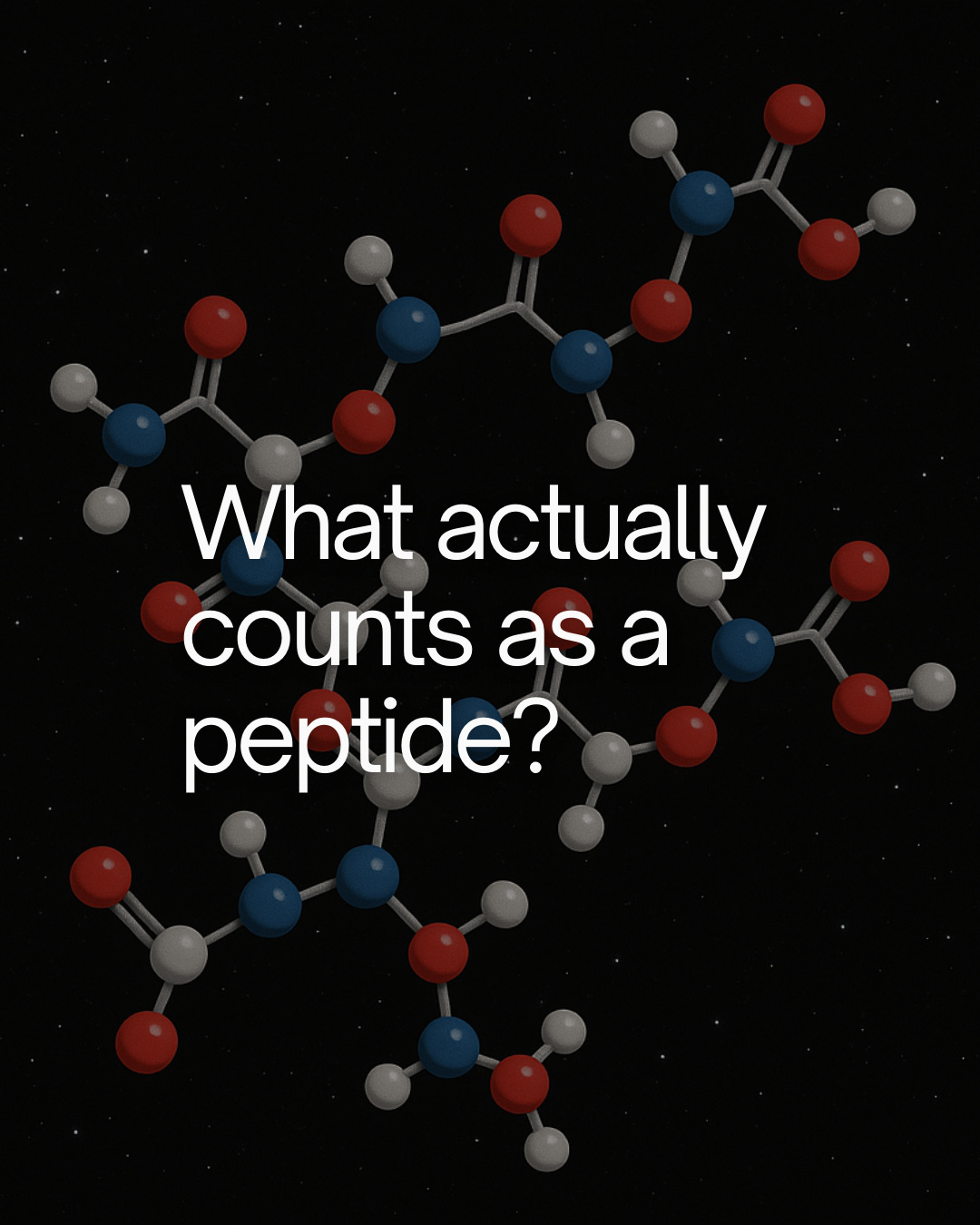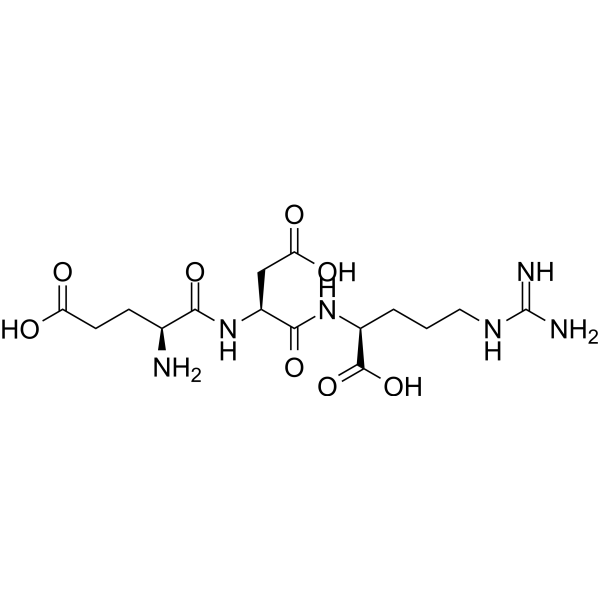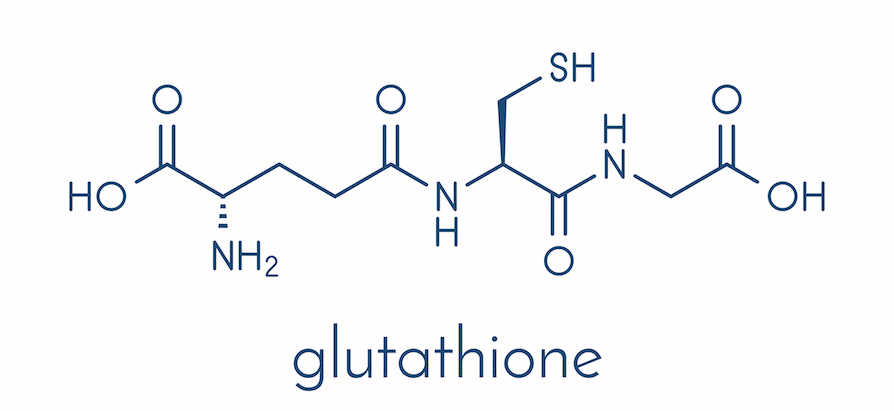What actually counts as a peptide?
Blowing the top off your favourite influencers bullsh*t #30
By definition in chemistry, anything made up of amino acids linked by peptide bonds is a peptide.
That means your supplement glutathione is a peptide (a tripeptide of glutamate, cysteine, glycine).
Insulin used by diabetics is a peptide.
Even growth hormone — at 191 amino acids — is technically still a peptide before we start calling it a protein.
(Confusing to all you peptide normies, I know.)
But definitions alone aren’t useful. You need heuristics.
Heuristics That Actually Help
Short chain bioregulators (2–4 amino acids):
Act like epigenetic switches. They don’t fold, they don’t need receptors — they just flip things on or off. Pinealon to restore melatonin function is an example.
Medium chain peptides (~10–50 amino acids):
Think BPC-157 (15 AAs) or semaglutide (42 AAs). They have specific actions but don’t necessarily fold into complex structures
Large chain peptide hormones (>50 amino acids):
Now you’re in stable folding + receptor docking territory. True signaling.
Examples: insulin (51 AAs), EPO (165 AAs), HGH (191 AAs).
Why This Distinction Matters
Take glutathione.
It’s technically a peptide, but it doesn’t signal anything. It buffers — cycles redox reactions, mops up ROS, recycles itself.
Now compare that to insulin. Also “just a peptide.” But with folding and receptor docking, it orchestrates whole-body metabolic change.
Same definition. Totally different realities.
The Ligand Twist: GHK-Cu vs Glutathione
Not all peptides act alone. Some are ligands — they bind or chelate metals and change their bioactivity.
GHK-Cu is a classic case.
As a tripeptide, it grabs copper(II) and escorts it into biological processes.
This complex boosts wound healing, angiogenesis, collagen production, and even modulates gene expression.
Its power isn’t just the peptide itself, but the peptide–metal partnership.
Now contrast that with glutathione:
Also a tripeptide.
But instead of binding metals for signaling, it cycles redox reactions — a buffer, not a ligand.
Its role is detox, maintaining balance, mopping up ROS.
Both are “just tripeptides.”
One is a ligand that flips genetic programs on and off.
The other is a buffer that keeps the cellular environment safe.
Same size. Same definition. Completely different behaviors.
Where It Gets Messy
I once had a friend come to me hyped, saying he was “on HGH.”
Two minutes of questions later I realized… he wasn’t.
He was using HGH fragment — literally just the last 16 amino acids of the chain, isolated because it ramps up fat burning (lipolysis).







